- Home >
- Blog >
- advice-champagne-sparkling-wines >
- The best Italian prosecco
Like Champagne, Prosecco is now world famous and even sells more than Champagne itself. In 2016, a report published stated that 660 million bottles of Prosecco were sold against 310 million for Champagne. Today, 70% of Prosecco is exported, with an increase in market share of around 15 to 20%. So why such a craze, where does Prosecco come from and what are the characteristics that make it so charming and famous? Alfavin.ch tells you more in this article.
The origin of Prosecco
A little more than an hour north of Venice, lies
the original vineyard of Prosecco: Conegliano Valdobbiadene. To find the first traces of this vineyard, we must go back to ancient times when wine was already being produced. Over the centuries, this vineyard has endured and is often mentioned in writings. If according to ancient texts, sparkling wines have existed since Roman times, Prosecco as we know it today has a more recent history. The first experiments at the end of the 1870s paved the way and the creation of an oenological school in the region in 1876 by Antonio Carpené gave modern Prosecco its first tentative steps. Work undertaken by Federico Martinotti, a renowned Italian oenologist, and later by Auguste Charmat, who in 1911 patented the closed-tank production process for setting the foam. Thanks to the work and collaboration between the Conegliano School of Oenology and Prosecco producers, Italian sparkling wine, whether spumante or frizzante, is now a worldwide success. Its ultra-competitive price, its quality and its image make this wine a major player in the sparkling wine market.
What are the characteristics of a Prosecco
Before addressing the organoleptic aspect of the wine, let's linger a moment on what makes Prosecco. First of all, it is a terroir that has been officially defined since 1969, when the DOC was acquired and spread over 15 municipalities. In this part of Italy, the soils are very varied. There are sandstone, marl and sand but also conglomerates of rock. Prosecco has become since 2009 a DOCG which is declined in Prosecco Superiore DOCG, DOCG Rive, DOCG Cartizze and DOCG Sui Lieviti. As with Champagne, there are different dosages. The brut, considered the driest with a sugar content between 0 and 12 g/liter. The extra-dry with a dosage between 12 and 17 g/liter and the sweetest, the dry with a content between 17 and 32 g/liter. On the tasting side, Prosecco is a wine with a creamy, elegant bubble. On the nose, the wines are open, with fruity and floral notes and on some vintages, we feel brioche and toasted notes. On the palate, the wines are pleasant, fresh with a good aromatic persistence.
Our best Italian Prosecco
You will find below a non-exhaustive list, the result of our tastings, without order of classification or notes.
Prosecco Extra-Dry SetteanimeA cuvée with notes of white flesh fruits - apple and pear -, floral. In the mouth the bubble is present and delicate. A well-balanced prosecco with bright fruit on the palate supported by a nice freshness. The finish has a good aromatic persistence. A very good product in this price range.
Prosecco Rosé SetteanimeBlend of Glera and Pinot Noir for the last born of the estate. It is only since 2020 that the appellation allows the production of rosé. Notes of grapefruit and roses on the nose, the wine is round in the mouth. The bubble is present and creamy. Long finish.
Prosecco Sorelle BroncaNotes of wisteria, acacia and green apples, this very aromatic Prosecco is aged on lees which gives it structure and roundness in the mouth. Its fresh and lively bubble gives relief to the whole.
Prosecco Silvano FolladorComposed mainly of Glera, this cuvée also uses Verdiso, Perera and Bianchetta grapes. A slow fermentation followed by a 6-month aging on fine lees gives a wine with rather floral notes. On the palate, the wine is rather straight, with a nice frame of freshness. The bubble is fine, with a thirst-quenching finish.
Prosecco " Cartizze " MarsuretFrom the Cartizze vineyard, this 100% Glera reveals notes of white flowers and ripe fruit. The mouth is elegant, silky and delicate bubble. With its high sugar content (27 g/liter), this prosecco is a perfect accompaniment to dried fruit desserts.
How to taste a Prosecco ?
A glass of Prosecco is generally drunk
at a temperature between 6 and 8°C. In fact, the choice of temperature depends on the sugar content and the acidity/alcohol balance. The choice of glass is also important. If the Riedel glassworks has developed a specific glass for Prosecco, the use of a flute or a tulip glass is suitable. These glasses are slightly open, deep enough to let the bubbles rise gently and allow the wine to express itself.
If Prosecco can be enjoyed alone as an aperitif, it is also a wonderful accompaniment to dishes. Prosecco Brut or Extra Dry can accompany seafood, grilled fish. The Extra Dry and Dry vintages go very well with desserts, especially
Panettone.
You now know a little more about this product that makes the charm of Italy. Do not hesitate to consult other articles on our blog to discover and perfect your knowledge on other vineyards. Discover also our article on the 4 things to know about Prosecco.
Our wines linked to this post
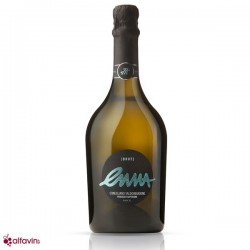
17.50 CHF
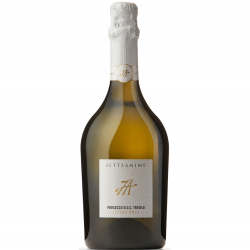
12.70 CHF
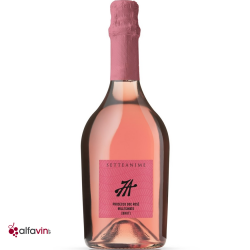
16.00 CHF
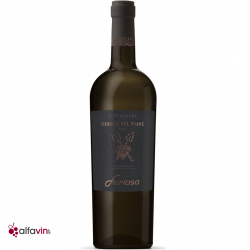
32.50 CHF
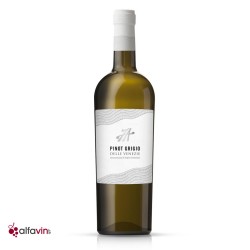
16.00 CHF

42.00 CHF












